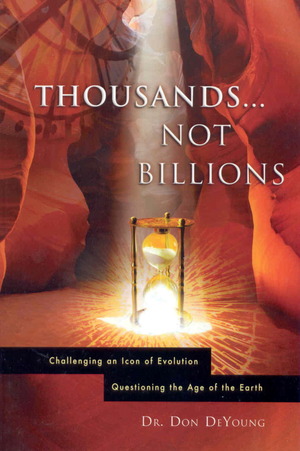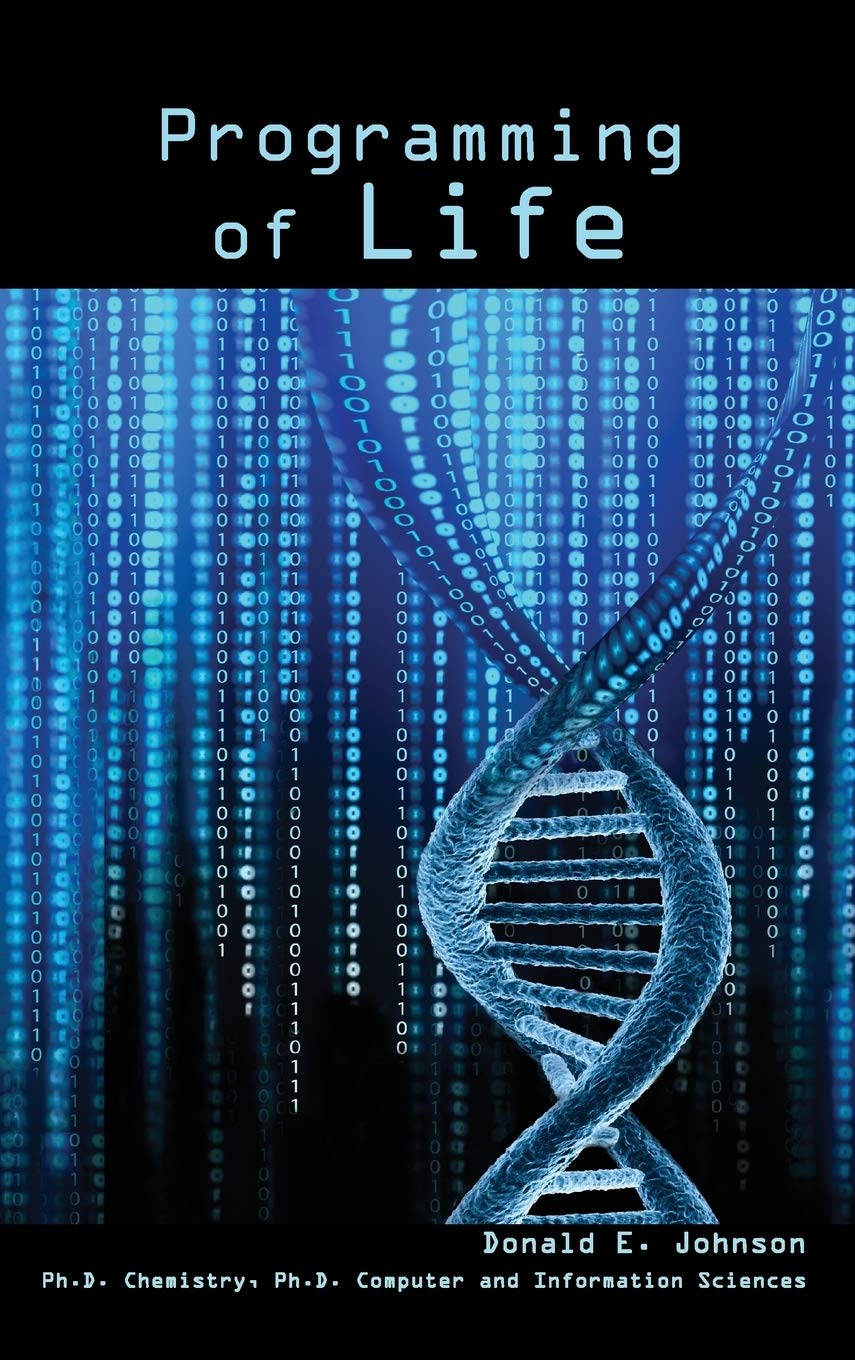I remember hearing a biologist from Bristol in England. He was talking about his studies on diatoms (algae with glass walls). He described how he set out to study the activities of these cells on the nearby seashore. To collect the diatoms, he said, he used English toilet paper which was scratchy and impervious to water. The English students laughed uproariously at this. The Canadians, sitting straight-faced, did not realize this was a joke! At any rate what he found was that the algae emerged from below the sand surface during low tide in the day, but they then moved back under the sand before the tides returned at a different time every day. This is the kind of timekeeping ability in organisms that biologists were beginning to study. There were studies on people living alone in dark caves, studies on algae that glow in the dark, and fruit flies that emerge from the pupa at a certain time of day. How do they keep track of time?
Asking Questions
Such questions were the beginning of a never-ending research program. One early review of the subject declared: “The circadian rhythms are now the object of intense research work because their basic mechanism, the Biological Clock, is entirely unknown.”1 That was 1967. As more and more examples of processes driven by rhythms accumulated, biologists deduced that an internal system of time keeping must be involved.2 One lady biologist studying marine algae and bioluminescence, reflected that the easiest way for organisms to keep track of time would be to simply observe the onset of day or night. However, she declared: “In a great many cases, surprisingly, a more complicated mechanism has evolved to accomplish this temporal regulation, a sophisticated biological ‘clock’.”3 She further speculated: “It is likely therefore that the generation of oscillations requires protein synthesis on cytoplasmic ribosomes. We know nothing of the nature of this protein or proteins at the present time.” 4 That was forty years ago.
In the mid-1970s, biologists believed that all organisms with eukaryotic cells exhibited such time keeping, but not blue-green algae (cyanobacteria) which lack a defined nucleus.5 Finally, in 1998 a report was published that cyanobacteria do indeed exhibit a biological clock just as do other creatures. However, there was a further surprise in this discovery: “Despite the common scheme, the proteins that make up the cyanobacteria clock are completely different from those of other organisms.”6 This finding inescapably demonstrated that a single evolutionary origin of clocks and descent with modification, was not possible. Thus “clocks seem to have arisen multiple times, recreating the same design each time.”7 (This is not an evolution friendly conclusion.)
Hints Begin to Appear
About this time, at the end of the 20th century, scientists finally isolated a protein apparently connected with timekeeping in mice. Some proteins that regulate timekeeping had been uncovered in organisms like bread mold, but not from anything like a mammal. A commentator reported that the gene isolated was colossal about 100,000 nucleotides long.8 This would produce a whopping protein about 33,000 amino acids long. From its structure scientists concluded that its function must be to regulate the effect of other genes, which has turned out to be true. So, scientists were now on track to find other relevant genes and other proteins produced by these genes.
As the new millennium dawned, biologists happily began to develop models that included genes and their mandated proteins. Apparently in these systems, as the proteins accumulate in amount, they inhibit the action of their own gene. Once the product has declined in amount, then the gene starts to drive synthesis again. This is a simple feedback loop, but there is nothing simple in the clock system. Various proteins interact together and this impacts the feedback system. Thus, there remains the challenge “to extract some order in the overwhelming increase in complexity” that they have discovered. This is still the challenge.
Biologists always look for an easy-to-raise organism which will exhibit features of most other organisms. They had hoped that the fruit fly (Drosophila) would represent their general model, but they soon found that in its clock keeping proteins, the fruit fly is not even similar to many other insects. The fruit flies exhibit only cryptochrome 1 (hidden pigment responsive to blue light), but honey bee and red flour beetle have only cryptochrome 2 and Monarch butterflies exhibit both cryptochrome 1 (CRY1) and cryptochrome 2 (CRY2). Because of the impact of biological clocks on its annual migrations, the Monarch butterfly clock has been very much studied, and in its details, it is not too different from mammals.9
Clock Gears are Proteins
What biologists soon found when they began to look for genes and their resulting proteins was that the proteins called CLOCK and CYCLE (the latter may also be called BMAL1 ) form a partnership.10 This combination is the critical gear of all animals studied.11 There are however a few other proteins that interact with this gear. At night CLOCK-CYCLE promote the copying of information from the genes per and tim resulting in the accumulation of the proteins PERIOD and TIMELESS. These proteins are at their highest levels about four hours into the day (along with CRY2). All of these are at their lowest level early in the night. Then CLOCK-CYCLE get to work to promote the transcription of the proteins PER, TIM and CRY2 (short-hand names for the proteins named above.)
The story is further complicated by the action of CRY1 which, at the onset of daylight, initiates the breakdown of TIM. But PER interacts with TIM to protect the latter from too rapid degradation and PER also protects CRY2 from declines in amount until late in the day. The upshot of all this is that PER assists CRY2 to enter the nucleus and keep CLOCK and CYCLE from promoting formation of other clock proteins during the day. At night the CLOCK-CYCLE duo work to promote the formation of all these proteins. During the day all the proteins decline, at night they all increase in amount and finally dawn sets the cycle rolling again by its impact on CRY1 which impacts TIM which eventually impacts CRY2 which impacts CLOCK-CYCLE and around we go!12
The research never ends however. About the same time that the effect of all these proteins was being described, scientists reported, to their surprise, that the time keeping clock in the Monarch is in their antennae! Many studies have been published trying to explain how the butterfly’s time keeping clock enables them to orient by the sun which constantly moves across the sky as the butterflies plot a continuous course south west to Mexico in the fall.
More Complications Now?
We do not expect as many new discoveries on the biological clock after so many years. However even in 2021, the story became more complicated. Now so-called “junk DNA” has also been found to play a role in biological timekeeping.13 You may remember that junk DNA is genetic information that does not code for a gene that produces a protein. Many scientists have supported the idea that such non-coding DNA does not do anything important in the cell and can thus be considered useless or junk. Recently we have seen an avalanche of studies reporting that non-coding DNA does all sorts of important things. Now, noting that circadian (daily) clocks impact human health, American scientists have discovered a “genome-wide regulatory layer made up of small chains of non-coding nucleotides known as microRNAs (miRNAs).”
While studying the complicated dynamic regulation of biological clocks in mammals, they found a whole bunch of short RNA strands (about 22 nucleotides long).14 The scientists screened about 1000 of these molecules for impact on biological rhythms and found, much to their surprise, that about 110 to 120 miRNAs actually modulate the biological clock.15 These small molecules target information (mRNA) coming from the nucleus before the clock proteins have been manufactured. These studies suggest “pervasive regulation of the clock”16 by these tiny non-coding pieces of RNA. This study has thus demonstrated a “new layer of control of the circadian networks by non-coding RNAs.” 17
What’s it Matter?
There are quite a few aspects of this study that support the creation model. Firstly the fact that there are many different clock systems found in organisms makes descent with modification impossible. Secondly the great complexity of the system certainly is a strong indication of design, and thirdly, the contributions of non-coding DNA to the system, certainly is significant. Many supporters of evolution have claimed that “junk DNA” represents left overs from a long history of evolution. This clearly is not the case either.
So, just when we supposed we had the system largely figured out, new complications appear. The finesse of the biological clock should make us humbly consider how all this came to be. Surely the Master Designer claims our awe and our worship.
For more on ‘junk DNA’ see https://crev.info/2020/11/encode-iii-junk-dna/
Footnotes
- Vanden Driessche. 1967. The nuclear control of the chloroplasts’ circadian rhythms. Sci. Prog., Oxf. 55: 293-303. See p. 293.
- Arthur T. Winfree. 1975. Unclocklike behaviour of biological clocks. Nature 253 #5490: 315-319. See p. 315.
- Beatrice M. Sweeney. 1981. Circadian Timing in the Unicellular Autotrophic Dinoflagellate, Gonyaulax polyedra. Deutsch. Bot. Ges. Bd. 94: S, 335-345. See p. 335.
- Sweeney pp. 337 + 339.
- Winfree p. 315.
- Marcia Baringa. 1998. New Timepiece Has a Familiar Ring. Science 281 4 September: 1429-1430. See p. 1429.
- Baringa p. 1429.
- Daniel Q. Haney. 1997. Scientists close to finding gene for the human internal clock. The Philadelphia Inquirer.May 16 p. 1.
- Gijsbertus T. J. Van Der Horst et al. Mammalian Cry1 and Cry2 are essential for maintenance of circadian rhythms. Nature 398: 627-630. See p. 627.
- Capital letters denote a protein and lower case italics denote the gene that produces that protein.
- Haisun Zhu, Amy Casselman, Steven M. Reppert. 2008. Chasing Migration Genes: A Brain Expressed Sequence Tag Resource for Summer and Migratory Monarch Butterflies (Danaus Plexippus). PLoS ONE 3(1): pp. 1-15. See p. 6.
- Haisun Zhu et al. Cryptochromes Define a Novel Circadian Clock Mechanism in Monarch Butterflies That May Underlie Sun Compass Navigation. PLoS Biology 6 (1): e4 pp. 1-30.
- Laura LeBlanc. 2021. New study on circadian clock shows ‘junk DNA’ plays a key role in regulating rhythms. https://www.sciencedaily.com/releases/2021/01/210104145943.htm
- Lili Zhou et al. A genome-wide microRNA screen identifies the microRNA-183/96/182 cluster as a modulator of circadian rhythms. PNAS January 5 118 (1) e2020454118 See p. 4.
- ScienceDaily
- Zhou et al. 5.
- Zhou et al. 19.
Margaret Helder
March 2021
Subscribe to Dialogue







